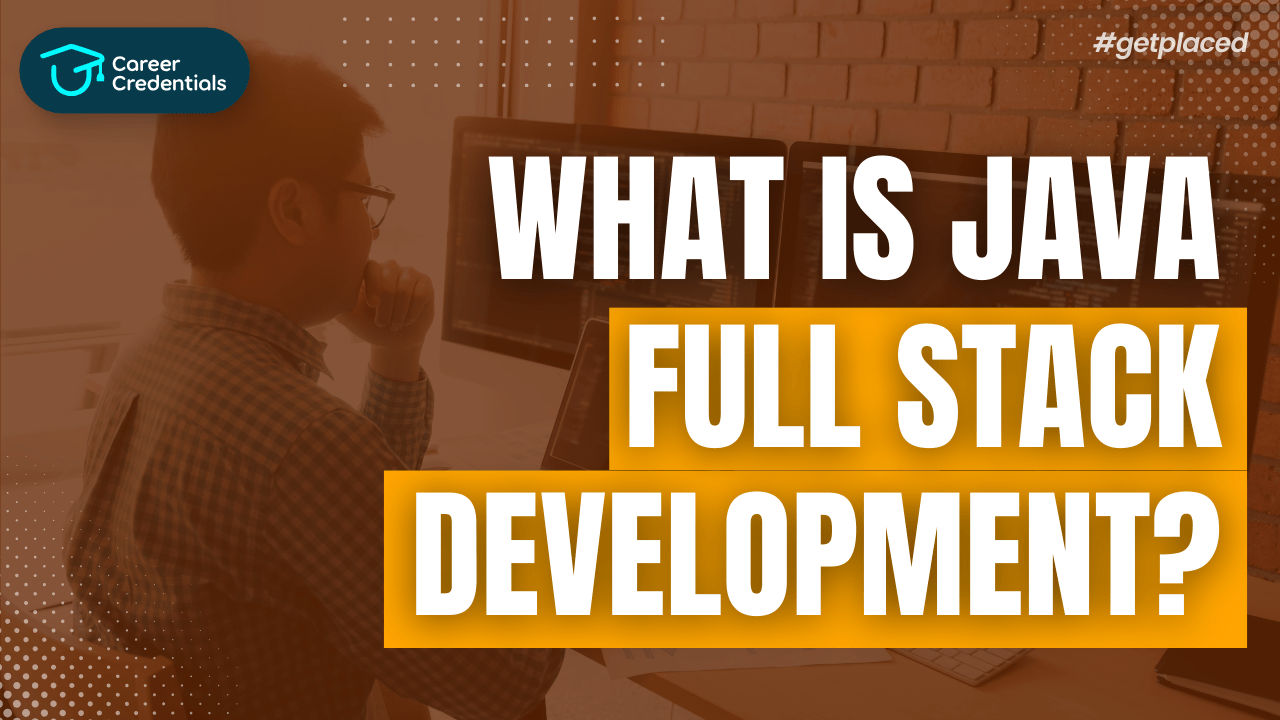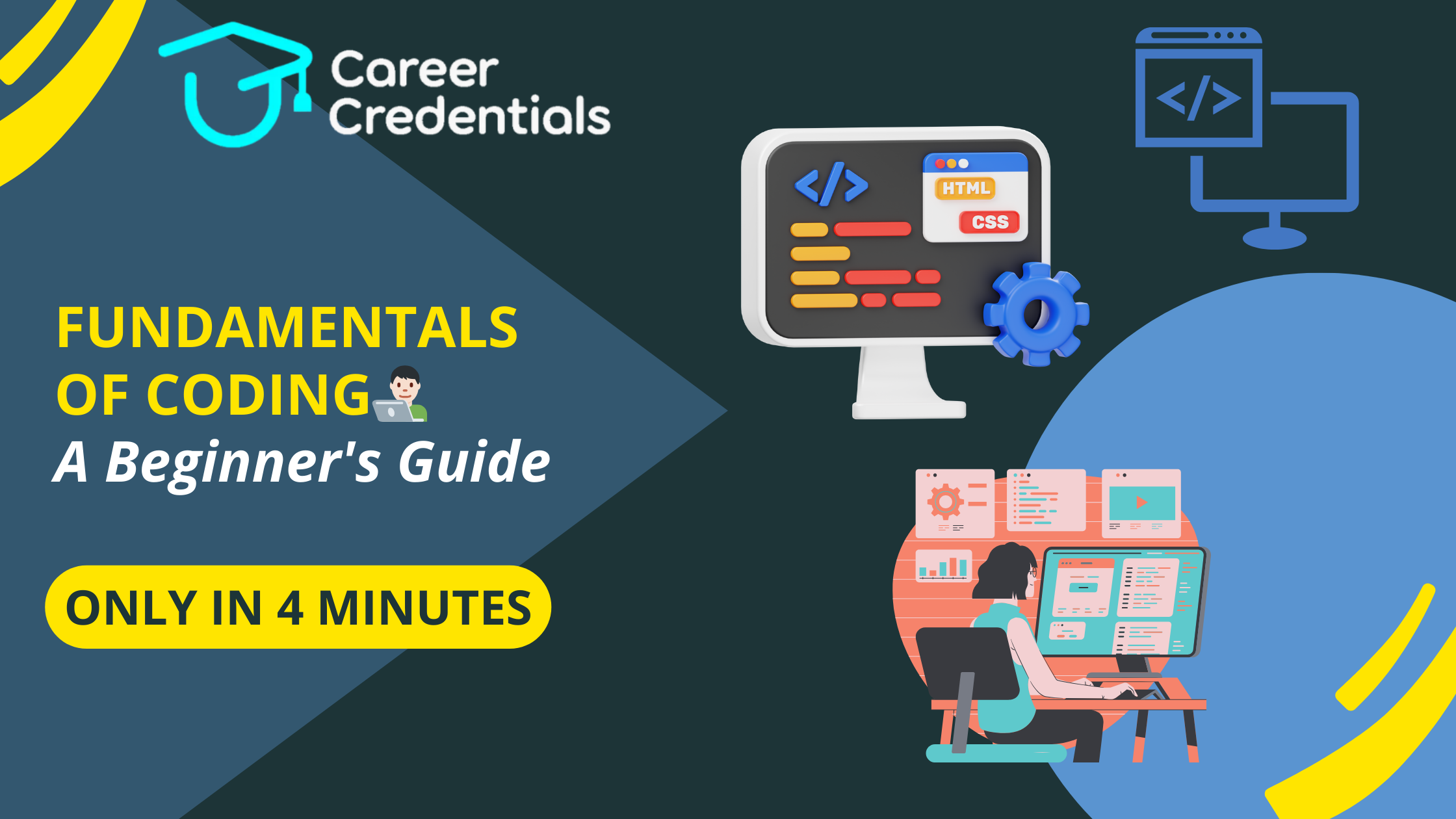What is Java Full Stack Development ?

In the digital age we live in, where web applications drive our daily interactions, the role of developers cannot be overstated. Among these skilled professionals, Java Full Stack Developers stand out as versatile and in-demand specialists. Let's embark on a journey into the realm of Java Full Stack Development, exploring its components, requisite skills, career prospects, and more.
Navigating the Digital Frontier: A Deep Dive into Java Full Stack Development
In today’s fast-paced digital world, web applications are integral to our lives. Whether it's shopping online, staying connected through social media, managing finances, or accessing healthcare services, web apps are the backbone of these experiences. At the heart of these applications are Java Full Stack Developers, the architects of the digital landscape. But what exactly is Java Full Stack Development?
Also Read: Why Learning Java Can Boost Your Career by Career Credentials
The Core of Java Full Stack Development
Java Full Stack Development is a specialized field where developers utilize Java to craft both the front-end and back-end of web applications. Think of Full Stack Developers as the Swiss Army knives of the development world; they possess the expertise to tackle various aspects of a web app, from user interfaces to server-side logic and database management.
Enroll Now: Core Java by Dr. Amar Panchal
The Two Halves of the Equation
Front-end Development:
This domain focuses on creating the user interface (UI) that users interact with. Java Full Stack Developers on the front end delve into technologies like HTML, CSS, JavaScript, and popular frameworks such as Angular, React, or Vue.js. These tools are essential for crafting responsive and engaging web interfaces.
Back-end Development:
Here, the focus shifts to handling tasks like request processing, database management, and security measures. Java shines in the back end, with developers leveraging frameworks like Spring and Spring Boot to build robust, scalable, and secure server-side components. Technologies like Hibernate for object-relational mapping and SQL for data manipulation also come into play.
Check Out: Java Roadmap by Career Credentials for FREE !!
Skills Required for Mastery
To excel as a Java Full Stack Developer, a diverse skill set is essential:
- Java Programming: A solid foundation in Java is paramount, as it serves as the backbone for server-side development.
- Front-end Technologies: Proficiency in HTML, CSS, and JavaScript is key for crafting captivating user interfaces. Familiarity with front-end frameworks enhances one's toolkit.
- Back-end Technologies: Mastery of Java frameworks like Spring and Spring Boot is crucial for constructing robust back-end systems. Skills in database management and SQL are equally vital.
- Version Control: Collaboration is streamlined through knowledge of version control systems like Git.
- Problem Solving: Full Stack Developers must possess strong problem-solving and debugging skills to ensure smooth application functionality.
Check Out: Frontend Roadmap by Career Credentials for FREE !!
Career Prospects in Java Full Stack Development
The realm of Java Full Stack Development offers a plethora of exciting career paths:
- Web Developer: The starting point for many, where Full Stack Developers design, develop, and maintain web applications, ensuring seamless user experiences.
- Software Engineer: Full Stack Developers can expand their horizons beyond web apps, contributing to diverse software projects spanning mobile apps, desktop software, and more.
- Front-end Developer: Specializing in front-end development, focusing on creating intuitive and interactive user interfaces.
- Back-end Developer: Specializing in the server-side, managing data and infrastructure using Java and related frameworks.
- DevOps Engineer: Expertise in DevOps practices allows Full Stack Developers to manage deployment pipelines and streamline development processes.
- Technical Lead: Experienced developers can progress to leadership roles, guiding teams and projects to success.
- Freelance/Consultant: Opting for a freelance path, working on diverse projects with flexibility and potential for higher income.
- Entrepreneur/Startup Founder: Leveraging their expertise, some venture into entrepreneurship, creating innovative web-based products and services.
- Full Stack Instructor/Trainer: Sharing knowledge by becoming instructors at coding bootcamps or educational platforms.
- Specialized Roles: Branching into areas such as cybersecurity, machine learning, data science, or cloud computing, applying full-stack expertise to unique domains.
Watch Now: Most Commonly Asked Java Interview Questions by Dr. Amar Panchal
Salaries in the Java Full Stack Arena
Salaries for Java Full Stack Developers in India vary based on experience, location, and skills:
- Entry Level: ₹3,00,000 – ₹6,00,000 per annum
- Mid-Level (2-5 years): ₹6,00,000 – ₹12,00,000 per annum
- Senior (5+ years): ₹12,00,000 – ₹20,00,000+ per annum
- Lead/Principal (10+ years): ₹20,00,000+ per annum
These figures are approximate and can fluctuate based on industry, location, and specific skill sets.
Must Read: C++ vs Java: A Developer's Guide by Career Credentials
Conclusion
Java Full Stack Development offers a dynamic and rewarding career path, allowing developers to have a comprehensive understanding of the web development process. Whether it's crafting seamless user experiences or building robust back-end systems, Full Stack Developers are at the forefront of innovation in web development. With dedication and continuous learning, one can embark on a fulfilling journey in this ever-evolving field.
So, whether you're just starting your journey or looking to elevate your career, the world of Java Full Stack Development awaits, brimming with opportunities and possibilities. Dive in, explore, and unleash your potential in this exciting digital frontier with Career Credentials !
In conclusion, Java Full Stack Development isn't just a career path; it's an adventure into the heart of digital innovation. Are you ready to embark on this journey?
Confused About Your Career?
Don't let another opportunity pass you by. Invest in yourself and your future today! Click the button below to schedule a consultation and take the first step towards achieving your career goals.
Our team is ready to guide you on the best credentialing options for your aspirations.
Let's build a brighter future together!
Empower Yourself. Elevate Your Career at Career Credentials Where Education meets Ambition.

